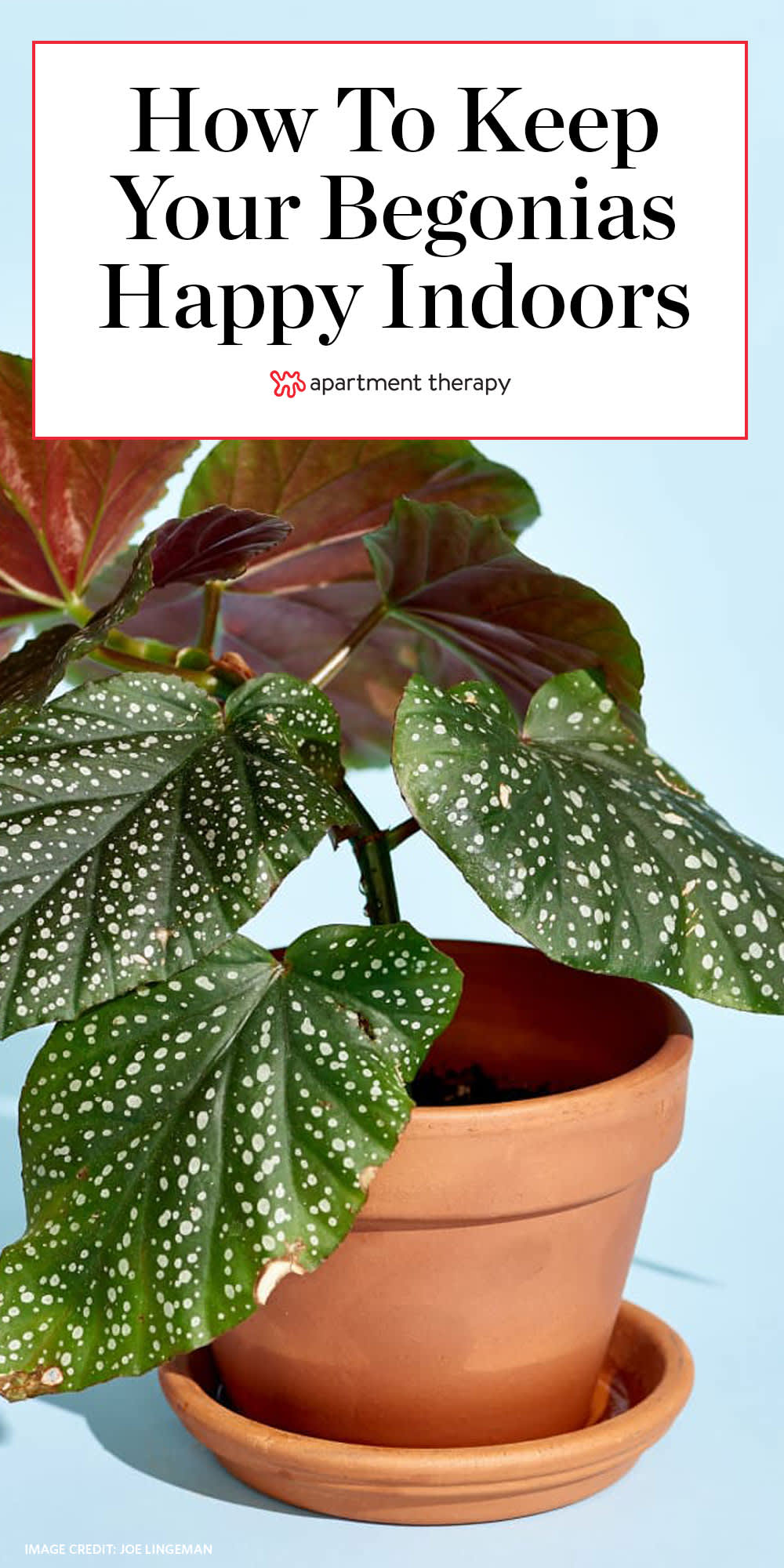Begonias are versatile plants that can be grown in various ways. Whether you’re starting from seeds, tubers, or cuttings, there are a few key steps to follow:
Planting from Seeds
Choose the right time: The best time to start begonia seeds is in late winter or early spring.
Planting from Tubers
Prepare the tubers: Before planting, inspect the tubers for any signs of rot or damage. Remove any damaged areas and allow the tubers to dry for a few days.
Planting from Cuttings
Choose a healthy cutting: Select a stem cutting that is about 4-6 inches long and has at least two nodes.
Watering Your Begonia
One of the most important aspects of begonia care is watering. Here are some tips to keep your begonia well-hydrated:
:strip_icc()/terra-cotta-pots-begonias-pink-flowers-5c849279-5708e6b2edd74e16bfa57b5482b2d147.jpg)
Water deeply: When you water your begonia, water it deeply until the water drains out of the bottom of the pot.
Caring for Your Begonia
In addition to planting and watering, there are a few other things you can do to keep your begonia healthy and thriving:
Light
Begonias prefer bright, indirect light. Avoid exposing them to direct sunlight, as this can scorch the leaves.
Temperature
Begonias thrive in warm temperatures between 65-75°F (18-24°C). Avoid exposing them to cold drafts or sudden temperature changes.
Humidity
Begonias prefer high humidity levels. You can increase the humidity around your begonia by misting the leaves regularly, using a humidifier, or placing the pot on a tray of pebbles filled with water.
Fertilizing
:max_bytes(150000):strip_icc()/grow-rex-begonia-1902492-5-94396a6711614886a9bfbbca7e6a9306.jpg)
Fertilize your begonia every two weeks during the growing season with a balanced liquid fertilizer diluted to half strength.
Pruning
Prune your begonia regularly to remove dead or damaged leaves and encourage new growth.
Repotting
Repot your begonia every year or two in a slightly larger pot with fresh potting mix.
Common Begonia Pests and Diseases
Begonias are susceptible to a few common pests and diseases. Here are some tips for preventing and treating these problems:
Pests
Mealybugs: These small, white insects can infest begonias and suck the sap from the plant. To control mealybugs, you can use insecticidal soap or neem oil.
Diseases

Powdery mildew: This fungal disease causes a white, powdery coating on the leaves of begonias. To prevent powdery mildew, avoid overwatering and provide good air circulation.
By following these tips, you can enjoy beautiful, healthy begonias for years to come.
:strip_icc()/terra-cotta-pots-begonias-pink-flowers-5c849279-5708e6b2edd74e16bfa57b5482b2d147.jpg?w=1200&resize=1200,0&ssl=1)